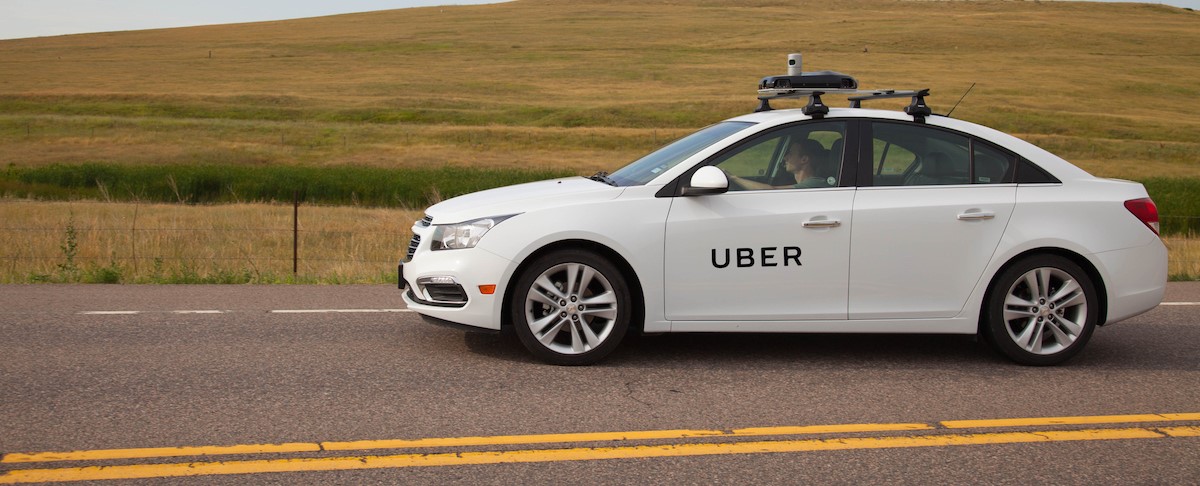5 Biggest Lessons Uber Taught Us! Is Travis Kalanick’s Exit the Best Thing for Uber?
Uber has had been on a topsy-turvy ride in the past few months that could earn it a lead in daily soap-operas such as the Days of Our Lives or All My Children. And now this. Their chief protagonist, Travis Kalanick has stepped down for an indefinite leave of absence. There is going to be a massive restructuring of the board and the vision of the company. How would this change the fortune of a company that has become synonymous with consumer transport, and more recently, as a ‘Information as a Service’ company.
A lot has been written about Uber and its misgivings. We decided to analyze some of the lessons that we could decipher from the public relations wreckage that has saddled Uber this past year.
As a logistics and field workforce management company, we listed the 5 top things that we learned from Uber!
Mobile Field Service Management
One of the things that bought down Uber was their inability to efficiently handle the movement of all their resources. They failed to track the problems the drivers had on a daily route until Travis Kalanick stumbled into an Uber with a disgruntled driver. Mobile field service management could have helped them track and manage their resources better. One of the benefits of mobile field service management is the fact that it can be managed from anywhere in the world, enabling total and complete visibility of all bottlenecks and problems along the routes that the drivers faced. The drivers could even update their delay status or grievances from within their mobile field service management apps. The interconnectivity offered here brings everyone on the same page and helps solve issues before they turn ugly.
Always ensure that your mobile field service management tools are set up for an open two-way information exchange between the field agents and the operations manager.
Delivery Route Optimization
Another issue that Uber faced, that ended up derailing most of their campaigns, was panic! They were accused of avoiding service audits by profiling certain key officials and handling them different to other users. All they had to do was incorporate delivery route optimization within their systems. That way, they could standardize their service across all users and not have to pick and choose the desired quality for them. Uber did have a delivery route optimization tool, but as it was clear, their intent went in a questionable direction. However, proper delivery route optimization could satisfy users and auditors alike, and Uber might have gotten away with a win.
Always ensure that you utilize all innovative tech solutions before flagging something as a crisis.
Logistics Management Solutions
Uber has had a keen eye on the logistics management solutions market for quite a while. Uber invested in its various research projects to predict a surge in their logistics management solutions initiatives in the future. However, even though their business plan was spot on, as logistics management solutions is set to become a multi-billion-dollar industry, Uber failed to capitalize on the market. The problem here was that Uber didn’t grasp the needs of the benefactors of this industry. Logistics management solutions is much more than tracking a vehicle from one point to another. It begins from allocating resources, setting-up geo-fenced co-ordinates for effective route planning and management. A successful logistics management solutions plan involves use of a dynamic planning engine which works on the back of multiple petabytes of analytics.
Never ignore the true requirements of the industry you are trying to enter.
Field Service Automation
Automation! A lot of Uber’s recent initiatives seemed like patchwork for something they were hiding. Beginning from their multiple mishaps with the law, Uber left a lot to be desired from their top management. Clearly, they had a cluttered problem with no clear exit point. All this could have been avoided with a dedicated effort to channelize field service automation throughout the company. Field service automation has quickly become the cornerstone of all successful logistics and field workforce management companies. With effective field service automation, Uber could have increased its resource utilization rates, directly benefiting the business of the drivers and the end-customers alike. However, by skipping proper field service automation, Uber were left with a mismanaged fleet which ran into losses for the individual driver-partners of the company.
Always leverage field service automation to cut down on management hassles and boost profits for all stake-holders.
Data Analytics
It has, by now, been established that Uber wasn’t managed properly till now. The primary issue that they could never overcome was lack of proper analytics. Data analytics is of the utmost importance when it comes to a customer centric service industry. One must be on top of all trends and fluctuations in customer behavior at all times. Uber failed to leverage its data analytics platform. And when they did utilize it, they used it for the wrong reason. Logistics management solutions can reach its true potential only when its backed by proper machine learning and data analytics.
Data is the new oil, as it has been widely believed, and data analytics is drilling for this oil, refining it, processing it, and making it ready to be used for the world.
Uber might rise of its partial ashes like a Semi-Phoenix after the exit of Travis Kalanick. But it’s only fair to note that not all their problems stemmed from their CEO and Co-Founder. A lot of their problems came from an elementary misunderstanding of the very problem they intended to solve. Uber was a trail-blazer that eventually became a standard for complete customer solutions. Now, to manage their heightened expectations they tried to diversify into domains they knew less about. They should have stuck to providing amazing transport options to millions of travelers across the world.
Would Uber now become the story about a company that could have been great?
Image Credit: Uber’s Mapping Car
136








@LogiNext